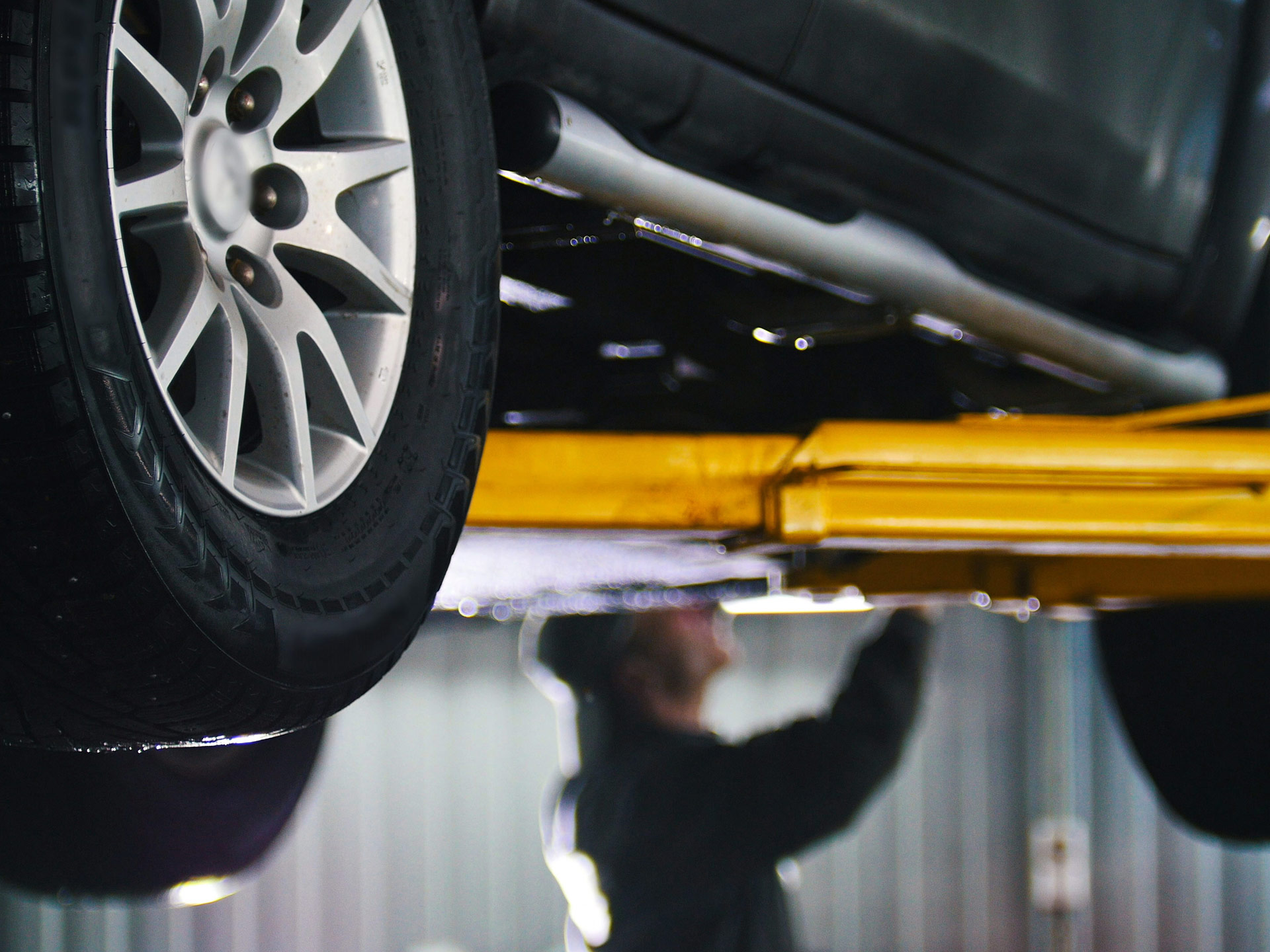Gel battery or AGM battery? These are the differences
This article contains:
Gel batteries versus AGM batteries
Gel batteries are often confused with AGM batteries. What are the differences and what do the batteries have in common? Both types of battery are VRLA batteries and are equipped with a vent valve. The abbreviation VRLA stands for Valve Regulated Lead Acid Battery. With this closed battery type the hydrogen which is generated by the battery is recombined, so that topping up with distilled water as with wet batteries is not required. Apart from these common features, there are significant differences between gel batteries and AGM batteries.
Gel batteries
A gel battery has a similar structure to a conventional wet battery. The positive and negative electrodes are surrounded by an electrolyte. However, as the name suggests, the electrolyte is not in liquid form but rather is in the form of a gel due to the addition of silica. This provides greater resistance to vibration and the inclination of the vehicle. The encapsulated design facilitates handling and improves safety. If the battery is in an intact state, the user does not need to be afraid of leaking fluid. Therefore, in the trade, gel batteries are often referred to as maintenance free batteries.
AGM batteries
The abbreviation AGM stands for Absorbent Glass Mat. In an AGM battery, the electrolyte is completely bound in a glass fiber mat. AGM batteries are leak-proof and can also deal with inclined positions without problems. This, and their resistance to vibrations are the reasons why AGM batteries are especially favored for off-road and motorcycle use. In comparison with conventional starter batteries, AGM batteries can withstand three times as many charging cycles. The increased performance which is achieved by the structural features, is one of the main arguments for the use of an AGM battery. Long life, excellent performance and greater safety make AGM batteries the premium batteries for modern vehicles.
Comparison of the characteristics of gel batteries and AGM batteries
Gel batteries score highly with their low electrode wear, which results in a longer service life in comparison with conventional lead-acid batteries. However, due to their increased internal resistance gel batteries cannot produce high cold start currents within short intervals. A second disadvantage is their susceptibility to temperature fluctuations.
AGM batteries have been specifically designed for vehicles with automatic start-stop systems and increased power demands. AGM batteries are recommended for all drivers who operate a large number of electrical devices and driver assistant features or who simply require greater starting and supply reliability through an extremely high performance battery. The positive features of AGM batteries include:
- Leak-proofing
- Position tolerance
- Vibration resistance
- Greater Safety
Even if the casing is damaged or broken, the acid remains bound in the glass mat. An uncontrolled escape of battery acid can therefore be largely ruled out.
When is it worth buying an AGM battery?
The high, constant cold start current makes an AGM battery the right choice for vehicles with start-stop technology and recovery of braking energy. Even vehicles with simple automatic start-stop systems and increased power requirements benefit from an AGM battery. The large number of charging cycles increases the service life and therefore cost-effectiveness. Conventional gel batteries are designed for use as supply batteries, but not as starter batteries and certainly not for cars with automatic start-stop systems or vehicles with a large number of electrical consumers. AGM batteries are the modern answer to the need for more dependable energy, environmental compatibility and reliability.

